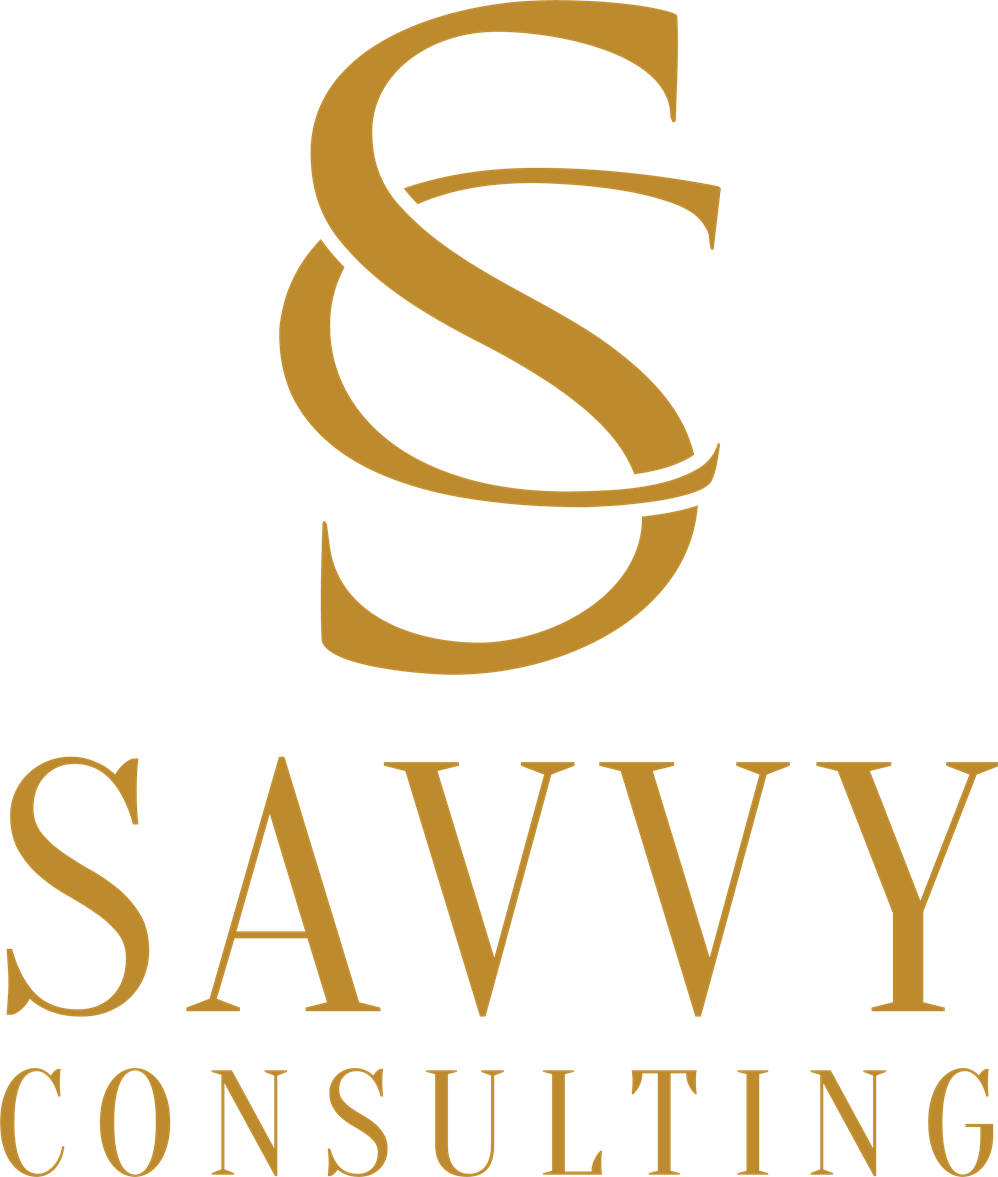In today’s crowded market landscape, genuine human connection has become a powerful differentiator. While many brands continue to rely on digital campaigns, there’s a renewed appreciation for personal interaction in customer engagement.
This is particularly true for marketing companies in California, where forward-thinking agencies are leading a shift toward face-to-face strategies that prioritize authentic communication, trust, and lasting brand relationships.
From Fresno to Los Angeles, these companies are tapping into the power of conversation, body language, and in-person dialogue to help businesses grow. In this article, we explore how a face-to-face approach is revitalizing brand development efforts and what companies stand to gain from adopting it.
Why Face-to-Face Still Matters in a Digital World
Despite the convenience and reach of digital tools, they often lack the emotional impact and trust-building potential of human interaction. Face-to-face engagement offers a unique opportunity to understand customer needs in real time, adapt messaging on the spot, and resolve concerns immediately.
For California’s competitive business environment, this is a critical advantage. Markets here are fast-moving, customer expectations are high, and differentiation is essential. When done well, personal engagement can be the catalyst that turns first-time buyers into long-term advocates.
Key Benefits of Face-to-Face Marketing
- Increased Trust and Transparency
Meeting customers in person fosters credibility. It gives them the opportunity to ask questions, see product demonstrations, and engage in meaningful dialogue—factors that contribute to stronger brand loyalty. - Real-Time Feedback and Insight
Unlike online surveys or automated messages, live interactions allow marketing representatives to gather direct, unfiltered feedback from prospects. This data is invaluable for refining campaigns and making smarter decisions. - Higher Conversion Rates
Brands that use face-to-face outreach often experience better lead quality and stronger conversion rates. The personal touch makes prospects more likely to engage with the offer and take action. - Enhanced Brand Perception
When a company takes the time to meet customers where they are, it signals professionalism, commitment, and accessibility. These qualities resonate with modern consumers who value service as much as product.
How California Firms Are Implementing Face-to-Face Strategy
Marketing companies across California are embracing face-to-face strategies to deepen engagement and support long-term brand growth.
Rather than relying solely on digital interactions, these firms are actively reconnecting with consumers in physical spaces—bringing products, services, and brand experiences directly to the people.
This human-centered approach aligns especially well with industries that require trust, personal explanation, or visual demonstration.
Field Engagement in Community Spaces
One of the most visible methods includes deploying field engagement teams to high-traffic public areas. These teams engage with individuals in malls, outdoor markets, neighborhood centers, or transit hubs. The key to success here is authenticity.
Rather than reading from a script, representatives focus on starting conversations that address real concerns or curiosities. Their goal is to listen, inform, and assist—offering value from the first interaction.
This setting allows potential customers to learn more about a product in a relaxed, open environment. Because these conversations are highly adaptive, they enable representatives to tailor their approach on the spot based on feedback and reactions.
Over time, this not only increases conversions but also fosters community trust in the brand.
Immersive Event-Based Campaigns
Another highly effective method involves organizing live promotional events. These events are often hosted in collaboration with local partners or at pop-up venues. They combine entertainment, education, and product demonstrations in a social setting.
This makes it easier to connect with audiences who may be curious but hesitant to engage in traditional sales conversations.
Live demonstrations, Q&A sessions, giveaways, and on-the-spot sign-ups all make the brand more tangible and accessible. Events also provide an excellent opportunity to collect feedback, assess customer interest, and gauge local sentiment—all essential inputs for campaign refinement.
Hyperlocal Door-to-Door Outreach
Door-to-door campaigns remain a staple in face-to-face marketing—especially in regions where local presence is a key differentiator. Representatives are trained not just in product knowledge but also in neighborhood-specific talking points. With this, they can present personalized solutions that align with residents’ needs.
For example, in telecom and utility sectors, agents may introduce new offers that help households save on their monthly bills, improve service reliability, or simplify billing.
Because the representative is standing at the customer’s door, prepared to answer questions and demonstrate the value, the interaction feels more relevant and actionable than a generic online ad.
Developing Stronger Frontline Talent
Underlying all these face-to-face efforts is a heavy investment in training and team development. Companies understand that frontline representatives are not just selling a product—they’re representing a brand.
As such, they provide in-depth training in customer communication, empathy, product positioning, and objection handling.
These programs often incorporate role-playing, feedback loops, and field mentorship to help new team members grow into confident brand ambassadors. There’s also an increasing focus on equipping teams with emotional intelligence skills to better navigate diverse customer personalities and situations.
By focusing on skill-building and adaptability, companies ensure that each customer interaction delivers value, creates clarity, and builds brand loyalty.
This renewed emphasis on real human connection not only complements digital strategy but can amplify its effectiveness by delivering firsthand insights and deepening brand credibility. In a market where consumers are overwhelmed with digital noise, California’s marketing companies are showing that authentic, in-person engagement remains a powerful tool in any modern growth strategy.
The Role of a Brand Development Agency
Face-to-face marketing doesn’t operate in a vacuum—it’s most powerful when integrated into a broader branding strategy. That’s where a brand development agency plays a key role. These agencies help shape the message, build recognition, and ensure that every personal interaction aligns with the company’s values and goals.
By combining strategic planning with hands-on outreach, they create consistency across touchpoints—from the first handshake to the follow-up call. This approach helps ensure that customer perceptions are shaped not just by what they see, but by what they feel during every interaction.
Measuring the Impact of Personal Outreach
To understand the effectiveness of face-to-face marketing, companies must track the right metrics. This goes beyond vanity figures like foot traffic or initial interest. Instead, top-performing agencies focus on:
- Conversion Rates by Engagement Type
Which face-to-face methods are driving the most qualified leads? - Customer Retention
Are in-person interactions leading to stronger long-term relationships? - Brand Sentiment
What are customers saying after an event, meeting, or campaign? - Sales Cycle Duration
Does personal engagement accelerate the time from initial contact to sale?
With the right tracking tools and performance benchmarks, businesses can continually refine their approach and improve results over time.
Job Opportunities in Face-to-Face Marketing
The rising popularity of in-person engagement has created a growing number of roles within the marketing field. From field representatives and campaign managers to training coordinators and outreach specialists, there are many career paths within this niche.
Candidates who excel in communication, persuasion, and customer service will find these roles particularly rewarding. What’s more, face-to-face strategy offers opportunities for rapid professional development, especially when paired with leadership and team management training.
Why More Brands Are Choosing Face-to-Face Strategy
At its core, marketing is about building trust, conveying value, and inspiring action. While digital tools have brought incredible reach and efficiency to brand promotion, many companies are rediscovering the irreplaceable power of face-to-face interaction.
This is especially true in markets where competition is high and differentiation requires more than just flashy visuals or clever messaging. In these environments, human connection becomes the most compelling tool in the marketer’s kit.
Rebuilding Consumer Trust Through Personal Contact
Consumers today are inundated with digital noise—ads, emails, messages, and pop-ups competing for their attention. As a result, skepticism is high, and brand loyalty is hard-won.
Face-to-face strategies offer a refreshing alternative by introducing a real person into the conversation—someone who can answer questions, show empathy, and provide instant feedback.
This human element fosters trust in a way that digital cannot. A friendly, informed representative can explain complex offerings in simple terms, tailor recommendations to individual needs, and clear up misunderstandings on the spot. These interactions often feel more genuine, which naturally increases the likelihood of a purchase or longer-term brand engagement.
Creating Memorable Customer Experiences
Face-to-face marketing also excels at creating experiences that people remember. Whether through a live demonstration, community event, or door-to-door conversation, brands can leave a lasting impression that’s more tangible than a screen-based ad.
When a customer interacts with a brand in person, especially in a meaningful or enjoyable way, they’re more likely to share that experience with others.
Word-of-mouth becomes a natural byproduct of these interactions, boosting reach without additional advertising spend. It also turns customers into advocates, further strengthening the brand’s presence in local markets.
The Strategic Advantage of Local Engagement
Face-to-face strategy offers a competitive advantage by helping brands become more embedded in their local communities. It allows companies to gather real-time insights from their audience, test offers in targeted areas, and adapt messaging based on direct feedback. This agility is essential in highly competitive markets like California, where cultural nuances and community expectations vary widely from region to region.
By showing up where customers live, work, and shop, brands can meet people on their terms, offering convenience, clarity, and a stronger sense of care. This personal touch is not only appreciated; it’s becoming a key differentiator in today’s saturated marketplaces.
A Partner in Growth
Savvy Consulting is proud to support this renewed focus on meaningful engagement. With strategies rooted in purpose and execution guided by real-time customer insight, our team helps brands turn conversations into conversions.
Whether you’re launching a new campaign or expanding into new markets, we offer the tools, training, and team support to help you succeed. Let’s bring your brand to life, one handshake at a time. Contact us today to start powering growth in your business.

